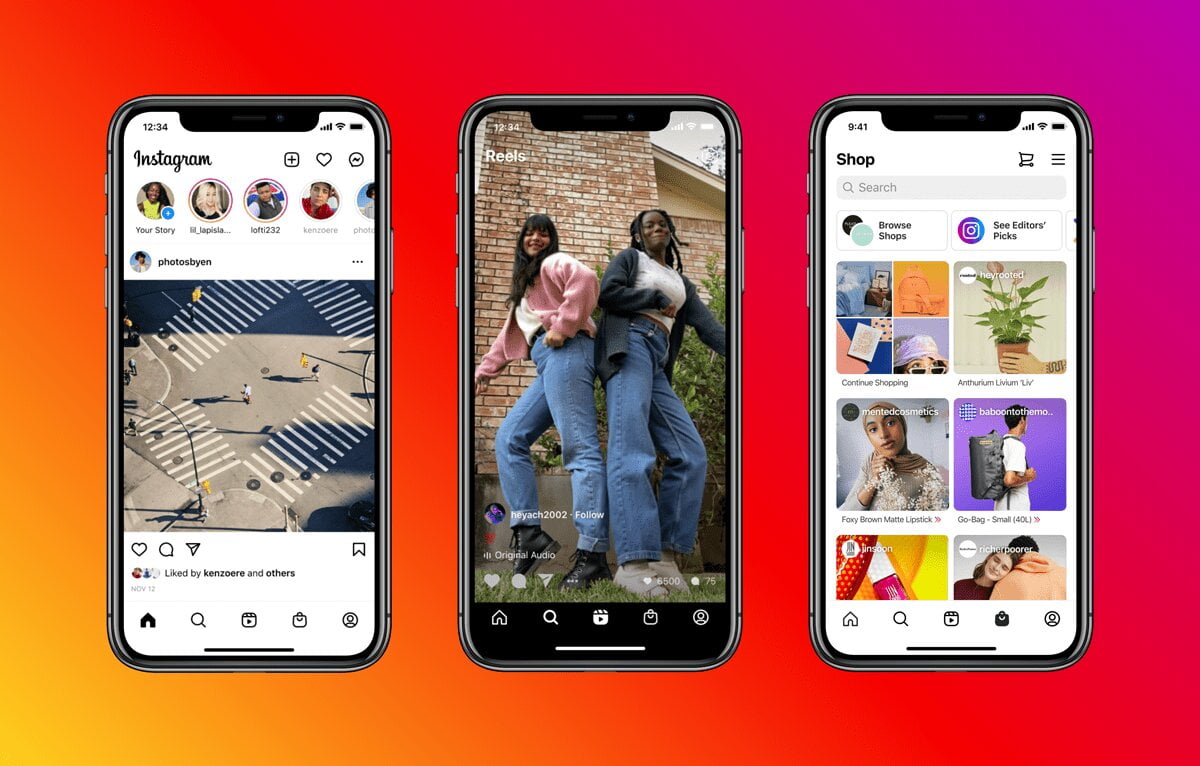Digital Marketing Hacks to Grow Your Business on Instagram’s New Shop Tab

It’s time to make the most of society’s hyper-connectivity. If you sell products online, you should be using Instagram shopping.
Even more so in 2020, consumers make the majority of their purchases online, almost avoiding physical stores altogether. As a result, brands have to increase their online shopping presence to take full advantage of social distancing.
With 70% of shopping enthusiasts using Instagram for product discovery, over 130 million Instagram users interact with at least one shopping post every month. While Instagram has been one of the most favourable digital marketing platforms for a long time; the recent system update has “made Instagram THE online shopping destination”.
The July 2020 update, saw a significant shift in Instagram’s operation, replacing the ‘Activity’ Tab with a new Shopping Tab. Instagram is now a streamlined way for users and business owners to discover and purchase shoppable products through the platform. Many saw this as a move away from Instagram’s original intention as a social media app towards a future focus on e-commerce. Making Instagram a vital business tool to create a virtual storefront and generate sales.
What is the New Instagram Shop Tab?
Once set up, the Instagram Shopping Feature allows businesses to integrate product catalogues in their Instagram profile. Companies can then easily tag shoppable products in Instagram posts and stories, the same way as to tag a friend. When users tap on the photo, a product’s price, name, description and a direct link to purchase are featured.
The new Shop Tab replaced the Activity Tab, and now showcases a range of buyable items within a single feed. Every user’s feed is unique, compiled by algorithms which use individual user-data to create highly personalised product recommendations. Even though the algorithms are unclear to the everyday user, typically they are based on accounts followed and ‘liked’ content by a user.
The Explore Tab was also improved with the July system update; the Tab now features shoppable products again formulated by individual user-data. The algorithm suggests products which are best suited to a user, including products from already followed accounts and even products from creators’ that users may have never heard of before.
Instagram checkout is another new feature; this enables users to buy products straight from the Instagram app without going to a third-party website. According to Instagram, “Checkout enhances the shopping experience by making the purchase simple, convenient and secure. People no longer have to navigate to the browser when they want to buy. And with their protected payment information in one place, they can shop their favourite brands without needing to log in and enter their information multiple times.”
Feasibly, these major updates are a sure-fire way to influence increased buying behaviour. As a result, digital agencies and business owners have to re-approach their Instagram marketing strategies to take full advantage of the 1 billion active audiences on Instagram.
How to Set Up the Instagram Shopping Feature
Setting up Instagram shopping can seem complicated if you have never used the app’s business features before, and there are some strict requirements companies have to adhere to. So, let’s break the steps down together, to make sure your business is eligible for Instagram shopping and suits the platform’s audience.
- Your business must be located in one of Instagram’s 46 approved countries for Instagram Shopping.
- Your Instagram must be a business account. Don’t worry; you can easily change your personal profile to a business page by following these steps.
- Your business must primarily sell physical goods. Non-physical goods and services are not fully supported, but Instagram has claimed they are looking into it. Digital marketing agencies predict Shop Features will be open for creatives to promote affiliate products going forward.
- Your Instagram business profile must be connected to a Facebook Page. This is because you must set up a product catalogue on Facebook to link shoppable products to your Instagram account. Creating individual products in an online catalogue is relatively straightforward; you just need a photo, product description and a link to purchase. If your products are already on Shopify or BigCommerce, you can link products through those e-commerce platforms to a Facebook Shop.
After you get approved, you’re ready to start promoting products! You can now tag up to five products from your catalogue directly to main-feed posts and stories. The tagged products will then appear on your Instagram profile under Shop Tags. If your posts gain enough attraction, they might be featured on the Explore Page or the main Shop Tab.
Digital Marketing Hacks to Make Profits on the New Shop Tab
While the above steps to establish Instagram Shopping might seem complicated, achieving high conversion rates is even more challenging due to the systems’ recent nature. Although, innovative and consistent digital marketing tactics remain the primary focus for business content, encouraging audience interactions and by effect, influencing product purchases. Ultimately the following hacks, provided by an Award-Winning Digital Marketing Agency, will secure successful Instagram results.
– Keep the Finer Details Authentic
Businesses should continue to foster personalised engagement with audiences, even when promoting products through Shop Tagging. Make sure your followers see content that goes beyond selling products, no matter how much the platform evolves striking and high-quality imagery will always be the most crucial element for successful Instagram accounts.
Occasionally, Instagram changes up its image and video specifications. Ensure you are uploading content that does not go against community guidelines and is technically correct with appropriate file sizes and image quality. Humans shop with our eyes so make sure you keep your Instagram account looking consistent, use an Instagram pre-set or filter for each of your posts to keep your account aesthetically looking high-quality.
As of recent times, a brand’s ethical and social responsibility is the most significant influence for online shoppers. In particular, Gen Z shoppers choose to support businesses that share their values over any other consideration. Young adults are happier to pay more for products produced by companies which resonate with their personal identities.
As Generation Z accounts for 2.1 billion of the world’s population and has the most flexible spending budget at $143 billion (in the US alone), young adults should always be a target audience for Instagram content. A great way to do this is through influencer marketing which can represent the diverse users on the platform …
– Invest in Influencer Marketing
The power of diversification is particularly strong on Instagram; people are more likely to buy products from brands that promote inclusivity, with models ranging in genders, sizes, skin colours and religions.
Generally, people-based product photos make Instagram content feel less like an advert and more of a lifestyle piece, building trust between viewers. The people in a post don’t even have to be influences! Posts could involve customers and everyday people, this content feels like it’s coming from friends rather than something un-personal, like a flat lay or a highly-photoshopped shot.
Not only do these types of user-generated posts showcase the products in action, but also boost the credibility of a business. In fact, 79% of survey respondents say user-generated marketing influences their purchasing decisions. But remember if reposting an image, make sure you ask permission first, tag the original creator and ensure the photo fits your brand aesthetic.
– Search Engine Marketing
Search Engine Marketing is still the most essential digital marketing tool to gain customer attraction. Search Engine Optimisation (SEO) is the art of ranking high on a search engine without using paid advertising, also known as organic listings. But how does content get to the top of search results?
Like Google, search rankings are not random; but algorithms dictate the order in which content on Instagram’s Shop Tab is displayed. Products are ranked according to how relatable they are to a user’s account and search history, producing a different shopping experience for each user.
Shoppable products must prove that its content is naturally the most relevant to a user’s digital footprint. To rank higher and make shoppable products more discoverable, the algorithms analyse everything from hashtags, aesthetic images, comments, likes, description, hashtags etc.
One of the most critical factors for ranking high is to have a considerable number of “saves” and “likes” on a post, because this is the easiest way for systems to gage if a mass audience is interested in this type of content. So, the algorithm favours and boosts posts with more “likes” and features them on the Discover Tab for even more people to interact with.
Targeting keywords is the most traditional SEO marketing tactic, alike optimising written content for Google, Instagram posts similarly have written spots where strategic keywords can be used.
Whilst you might have your ideas for keywords, it is incredibly beneficial to cross-check with professional SEO software. Don’t be discouraged by professional marketing tools; nowadays, they are affordable and easy to use even for first-time users. The industry tends to recommend Google Keyword Planner because it’s free and gives accurate keyword suggestions. In addition, after each Instagram post, you can monitor its success through Instagram Analytics to see how effective your content was, then you can then refine your strategy for the future.
One of the most essential places to maximise SEO efforts is when adding products to Instagram and Facebook Catalogues. In the product description, you should maximise the use of keywords and try to use as many synonyms as possible; this will cater to a wide range of popular search terms related to your product.
You can also boost your posts’ engagement with hashtags, strategically used hashtags can be featured on the Explore Page. But just because you can include 30 hashtags in a post, never means you should, the magic number deemed by the industry is nine.
What Does the Future of E-Commerce Look Like?
The future of e-commerce will piggyback off this major Instagram Shop update, with even more influences for businesses to integrate their shoppable products into other apps. Starting now is worth all the effort.
Not only does Instagram plan to expand its Shopping Feature to include shoppable affiliate products and non-physical goods and services, but there is a lot of conversation around other platforms launching similar in-app shopping features. For example, Facebook’s Shop is expected to have major updates in 2021, with plans to launch a Live Shopping Feature, an even more streamlined way for users to purchase online quickly.
We live in such an oversaturated and digitalised society; retail brands need to think of social media as new e-commerce websites. Meeting the consumers where they spend most of their time, online!
Author: Ashley Regan-Scherf


